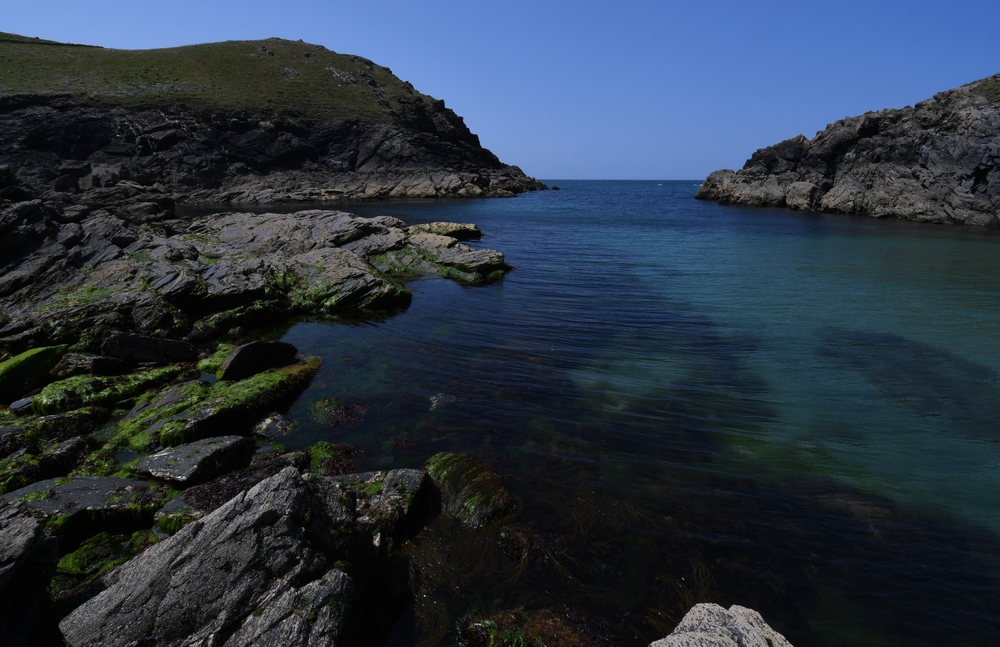Port Quin, on Cornwall’s wild north coast, looks as if it has been specifically created by nature to be the perfect little Cornish cove. Impossibly picturesque, it remains an undiscovered haven just a few minutes’ drive from its much better-known neighbour of Port Isaac.
With its stunning views and little shingle beach it makes the ideal place for an evening stroll to watch the sunset out at sea or to launch your paddleboard or kayak and bob around within the sheltered waters of the long, rocky inlet.
There have been people living at Port Quin since at least the 13th century and up until around the early 19th century it supported a thriving fishing industry, with hundreds of hogsheads (barrels) of pilchards landed each season. The remains of fishermen’s cottages and the large fish cellars can still be found huddled at the neck of the narrow cove.
But an air of mystery lingers about Port Quin like a cool sea mist. Dark tales of disaster are told about how this seemingly peaceful place was suddenly abandoned by its inhabitants.
History of Port Quin
The story that is often repeated, and inspired the well-known painting called ‘The Hopeless Dawn’ by Frank Bramley now hanging in the Tate Gallery in London, is that Port Quin’s fishermen were all lost in a single night. According to the legend the fishing fleet left the little harbour as usual but were caught in a terrible storm that claimed the lives of all the men of the village.
The widows, fatherless children and the elderly residents that were left behind had no choice but to abandon Port Quin.
This tragic and romantic version of events was told and retold during the Victorian period and was used to explain why such a pretty spot had been left deserted. Visitors to Cornwall’s north coast in the late 19th century were surprised to come upon so many empty, derelict cottages in the cove. It was described as “a place full of ghosts” by one writer and the legend about the disaster that had befallen the inhabitants grew and became accepted as fact.
Sadly, or luckily depending on how you look at it, the explanation for the village’s decline is much more mundane and much less dramatic. There is absolutely no evidence that the harbour’s fishing fleet were all lost in one night, it would appear that Port Quin’s demise was a gradual and rather ordinary one due to economics, rather than a tragic event.
The cove, which was unusually sheltered for the north coast, became an important landing point for coal from Wales, and for the export of granite, in the early 19th century and there may have been some conflict between the import/export business and the fishing industry. A number of poor pilchard seasons may also have contributed, and it seems that the fishermen living at Port Quin began moving away to where the larger and expanding fishing fleets were working out of Port Isaac just along the coast. They simply upped sticks and took their families where the work was.
The census records show that the village’s population declined with each passing decade, with the people who remained living there turning to agricultural work rather than going to sea. By the early 1900s visitors reported seeing roofless shells of homes gathered around the cove, rather like a ghost town, and the rumours swirled about what had happened there. The story of death and disaster was just too good not to repeat!
Today Port Quin is cared for by the National Trust and the old fish cellars and fishermen’s cottages have been restored. There is a small car park and a pop-up café in the summer season.
